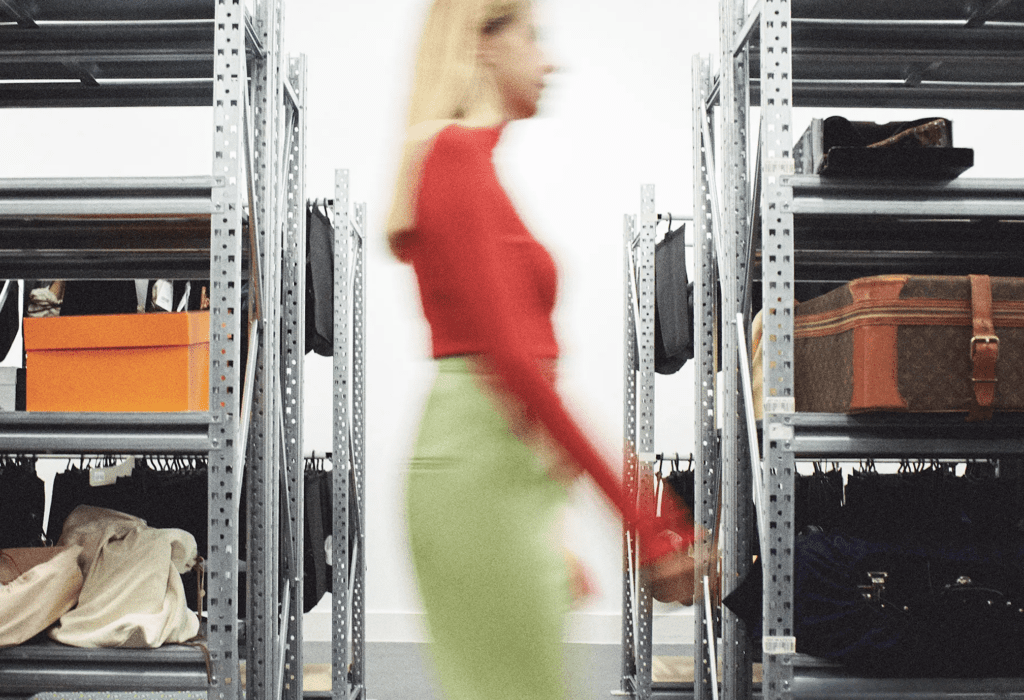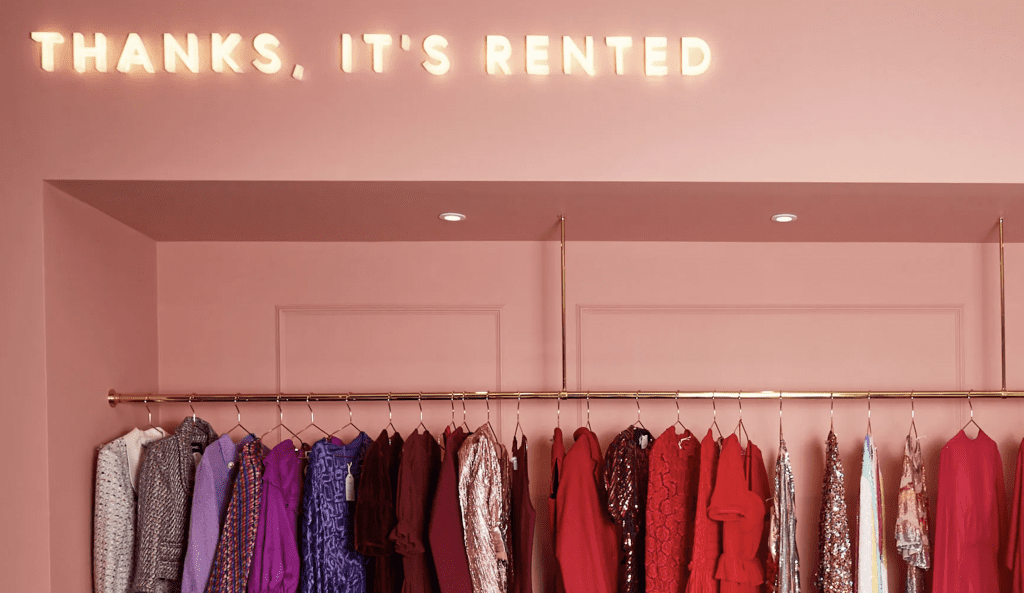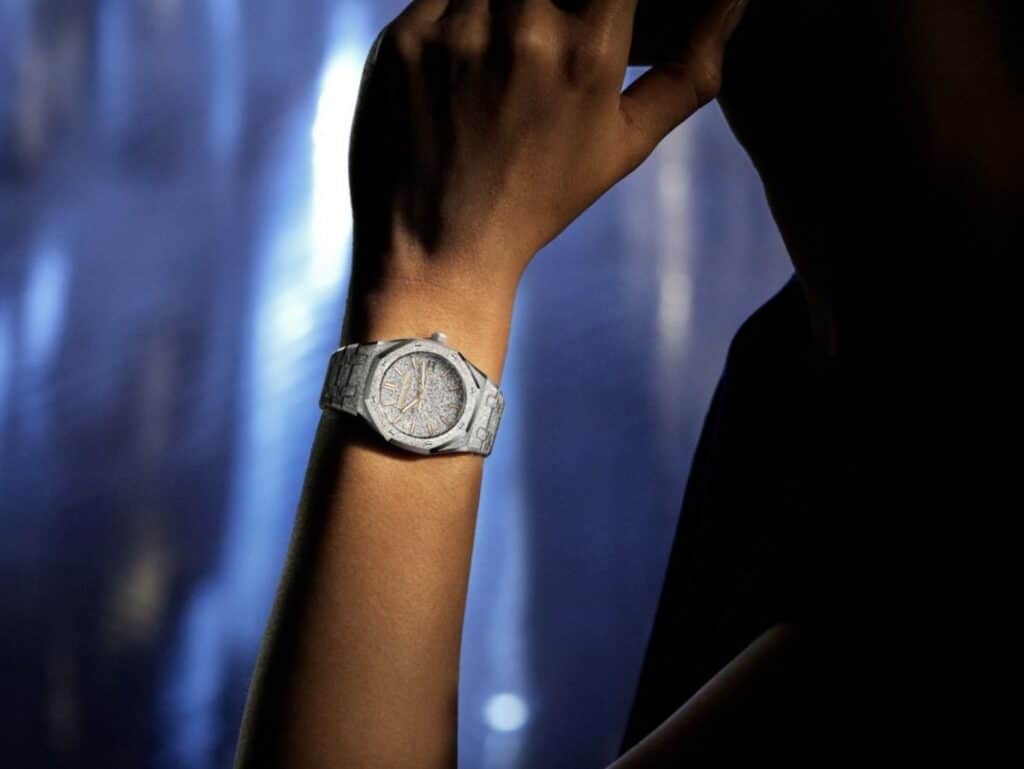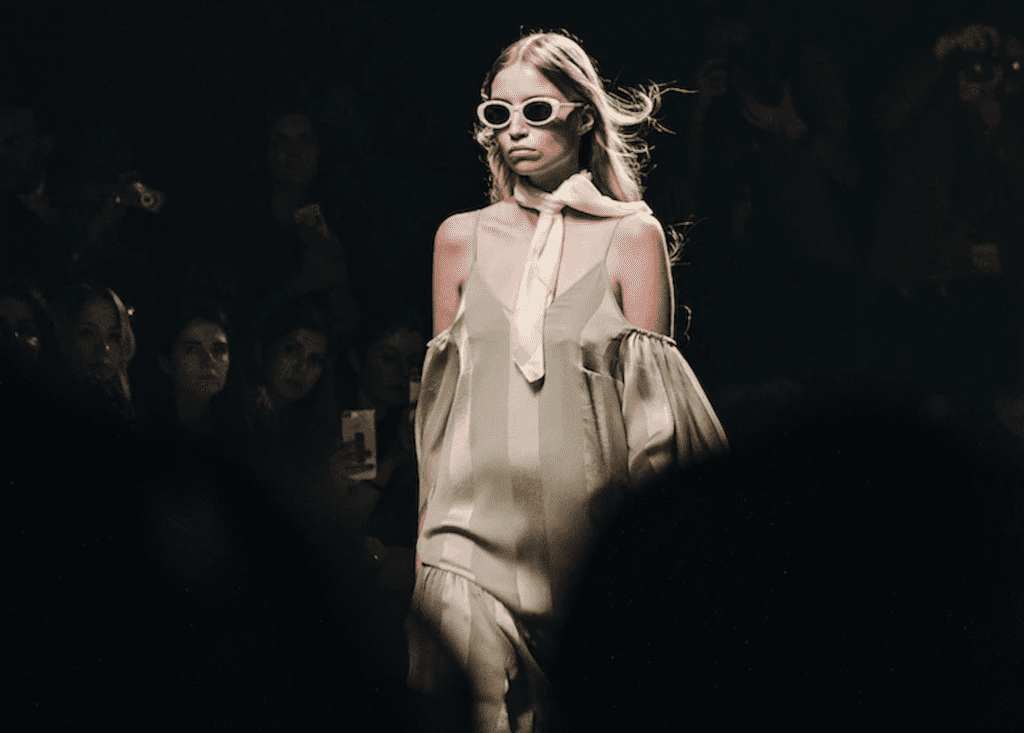
image: Vetements
Last week in an Instagram post lashing out at Highsnobiety for questioning Vetements’ relevance, Demna Gvasalia declared, “Fashion is not about hype.” Instead he stated, “Fashion is about clothes.” The problem with these statements: He could not be more wrong. Modern day fashion is about almost everything else before it is about clothes. One need not look much further than brands’ overly-Instagram-able fashion week spectacles in which they show garments that are oftentimes never made or sold to ascertain this.
Fashion has arguably never been less about clothes and more about hype than it is right now. This is something that Alexander Wang seems to understand. Mr. Gvasalia’s Balenciaga predecessor demonstrated this rather clearly by way of his Spring/Summer 2018 ad campaign. The campaign at issue made headlines when it was released in large part because it does away with models. But what was not discussed a length was how perfectly this advertisement taps into the status quo of the fashion industry at large in 2018 and what – exactly – is driving consumers to shop.
Wang’s Spring/Summer 2018 campaign was initially noteworthy as it does away with buzzy young models, and instead, at first glance, puts clothing and accessories front and center. Except that the clothing itself is arguably not the focal point. There are garments and accessories in the campaign imagery, but at the same time, something else – something more important – is at play: Endorsement.

image: Alexander Wang
Yes, alongside a jersey wrap dress in Wang’s campaign is a bold quotation attributed to Zoe Kravitz. In another, high heels are paired with a saying from “it” model Kaia Gerber, one from actress Taraji P. Hensen, one from K-pop mega-star CL, and so on.
This is striking because it suggests that brands no longer need to even put a face on a campaign or to make the garment or accessory they are aiming to sell terribly compelling in a visual sense; they merely need to present a name-check, a seal of approval, so to speak, from a person of influence, whether it be a heavily-followed model, reality television star, buzzy actress or even a pro-sports figure. And this makes a lot of sense.
In the age of Instagram, textile quality, precision of design, innovation, etc., are not what sells products. The all-powerful endorsement is what is driving sales and as a result, it is fashion’s weapon of choice. And Alexander Wang gets that.
But alas, this is not an entirely novel phenomenon. There is a reason, after all, that the likes of Brooke Shields fronted Calvin Klein ads as a young actress in the 1980’s, just as luxury brands use some of the world’s most famous faces to sell their pricey wares. The power of endorsement has been around for decades.
Yet, unlike how Calvin Klein relied on Brooke Shields to sell its denim, or how Versace put Lady Gaga in a striking lilac frock for its Spring/Summer 2014 campaign, in an effort to amp up the appeal of the dress, or how Louis Vuitton posed Uma Thurman alongside various monogrammed totes for its Fall/Winter 2015 campaign to push its pricey bags, Wang’s campaign is different. The presentation of garments and accessories as “as worn by” seems to represent modern-day fashion at its core: An industry whose output is squarely secondary to the names attached the products.
This relationship between fashion and endorsement-hype is obvious from the countless Kanye West fans that shell out hundreds – if not thousands – of dollars for Yeezy-branded footwear and glorified sweatpants (or before that, $120 a plain white tee from APC, complete with West’s co-sign). It is not about the sweatpants or the sneakers; it is about the celebrity endorsement.
This is not to declare there is not merit to any of the garments and accessories endorsed by famous figures. It is, instead, to say that much like how a consumer might spend $200+ for a Louis Vuitton fragrance because it is a Louis Vuitton fragrance and thus, represents the idea of luxury in their minds – the qualities of these celebrity or influencer-endorsed products are oftentimes little more than an afterthought for many consumers, who are not seeking out products based on the level of design or the textiles at play. Most people really just want to Instagram photos of themselves with products that are connected to their influencers of choice.
And with this (and Vetements’ reliance on $500+ DHL tees) in mind, it is difficult not to see that fashion is increasingly not about the clothes and instead, is all about hype.











